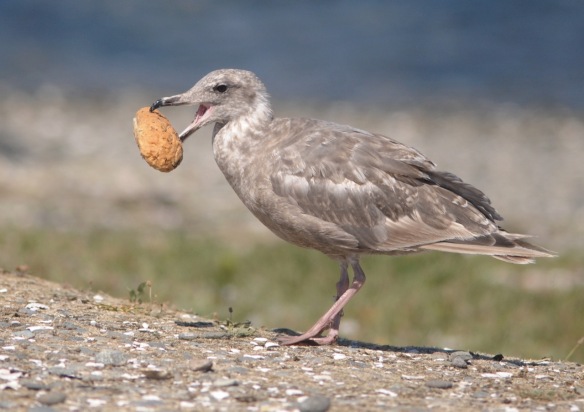Recently I flew from a particularly dire version of Minnesota winter—periodic rain making no dent in the graying heaps of snow, while rendering the smooth ice-covered sidewalks puddle-pocked and slick, so that it was not unusual to find oneself sliding inexorably down an icy slope into four inches of slushy water—into the blush of spring.
This new season was in California, where I was visiting my fiancé for the weekend. (Long-distance relationships are a staple of academia; my Minnesota labmates have significant others in Seattle and India.) Three hours on a plane headed west and I seemed to have jumped forward two months. Puffed-up robins in the snow…

…were replaced with marsh wrens singing furious declarations of their virility.










